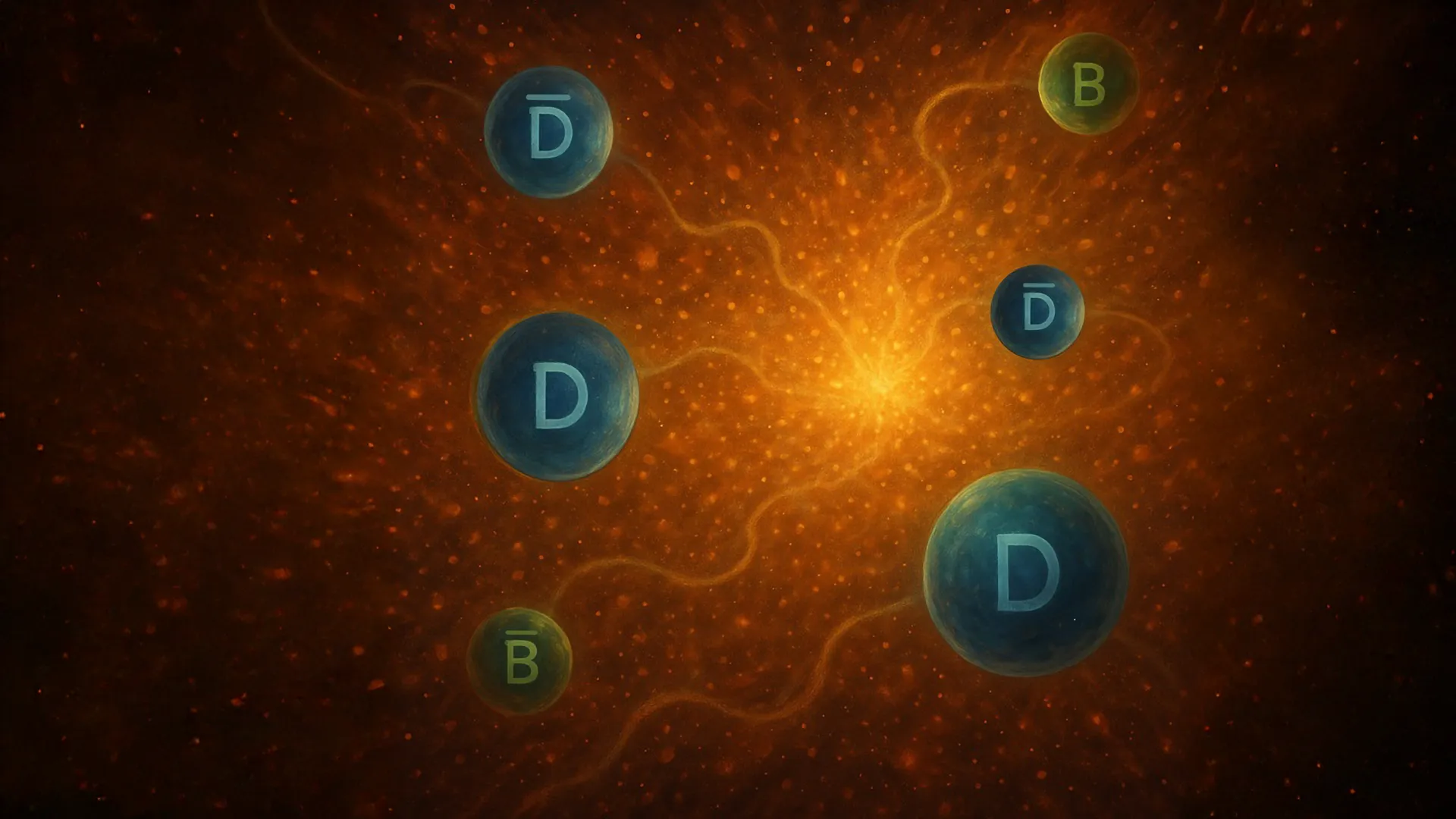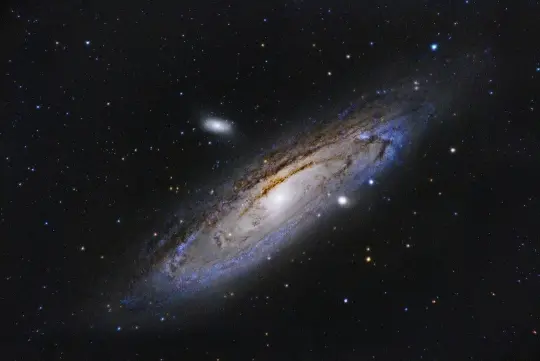
A team of researchers proposes a new vision of the Universe's first moments. Their model eliminates the need for traditional speculative hypotheses.

Smashing atomic nuclei together at mind-bending speeds recreates the fiery conditions of the early universe and scientists are finally getting a better handle on what happens next.

In this blog, Professor Enrique Gaztanaga from the Institute of Cosmology and Gravitation at the University of Portsmouth, puts forward a new theory about how the Universe was created.

Researchers from Nanjing University in China and the University of Bonn in Germany have run calculations suggesting we've overestimated the strength of the Cosmic Microway Background. In fact, it might not even be there at all.

In case dark matter didn't seem mysterious enough, a new study proposes that it could have arisen before the Big Bang.

Scientists know the Universe is expanding because they can track other galaxies as they move away from ours. They define expansion using the rate that other galaxies move away from us.

A new study suggests that dark matter may have originated from a separate "Dark Big Bang," occurring shortly after the birth of the universe.

Although our Universe may seem stable, having existed for a whopping 13.7 billion years, several experiments suggest that it is at risk - walking on the edge of a very dangerous cliff.

According to data from the Hubble and James Webb Space Telescopes, the origins of the free-flying photons in the early cosmic dawn were small dwarf galaxies that flared to life, clearing the fog of murky hydrogen that filled intergalactic space.

This observation suggests exciting avenues of investigation into both the production of cosmic dust and the earliest stellar populations in our Universe, and was made possible by Webb’s unprecedented sensitivity.

Scientists have for the first time observed the early universe running in extreme slow motion, unlocking one of the mysteries of Einstein's expanding universe.

New results from the James Webb Space Telescope find that radiation from ordinary galaxies cleared the primordial haze left over from the Big Bang, allowing the first light to shine through the early universe.

There could have been two scenarios with the two Big Bangs. The Hot Big Bang, as in the standard picture, creates the hot plasma of visible matter and radiation and the dark matter, however, could have been created in a later, ‘darker’ Big Bang.

A powerful European Ariane 5 rocket boosted NASA’s $10 billion James Webb Space Telescope into space on Christmas Day, kicking off a great attempt to capture light from the first galaxies to form in the aftermath of the Big Bang.

For the first time, scientists have measured the lifespan of a neutron in the void of space. This could help us to better understand how quickly elements formed out of the particle soup that filled the Universe just after the Big Bang.